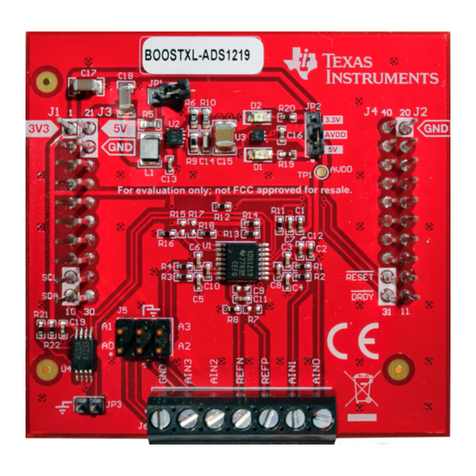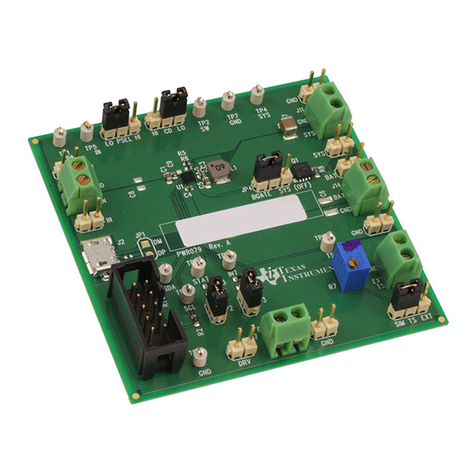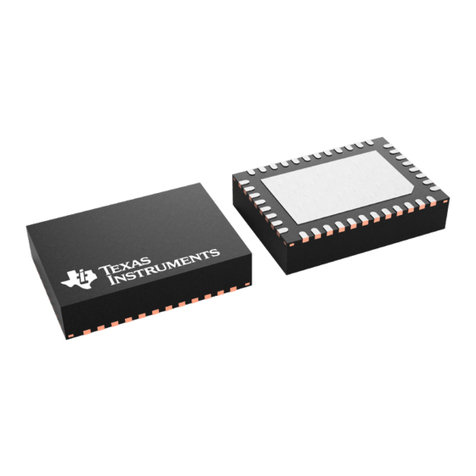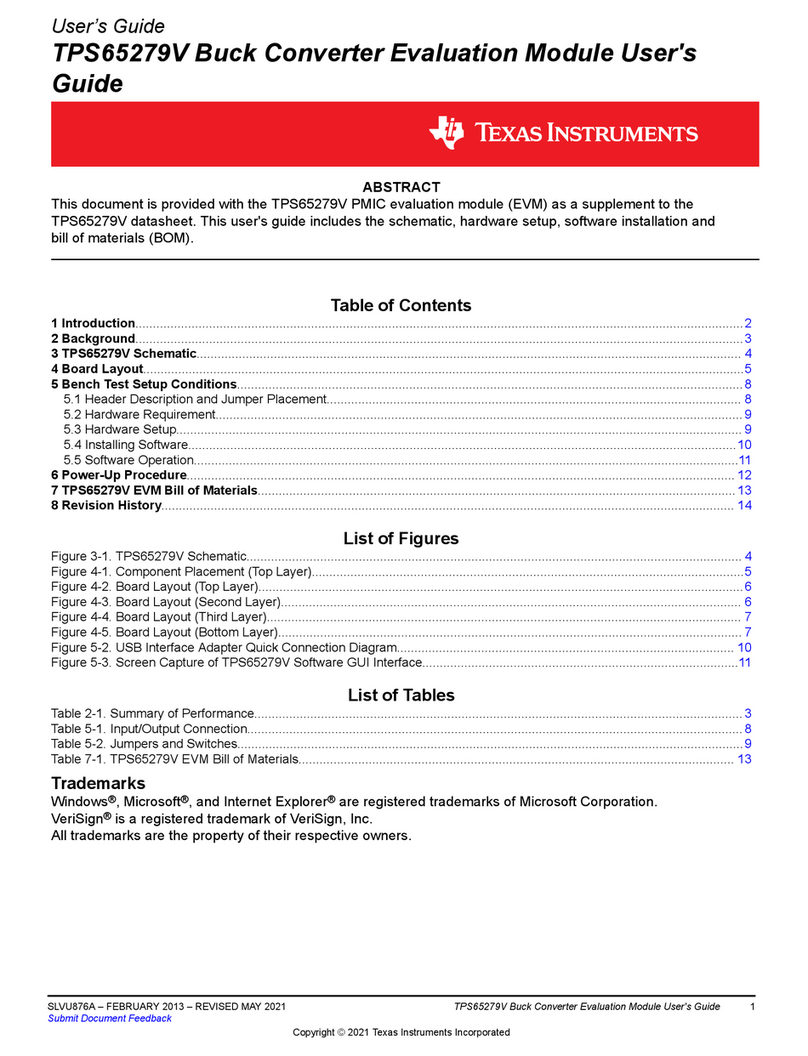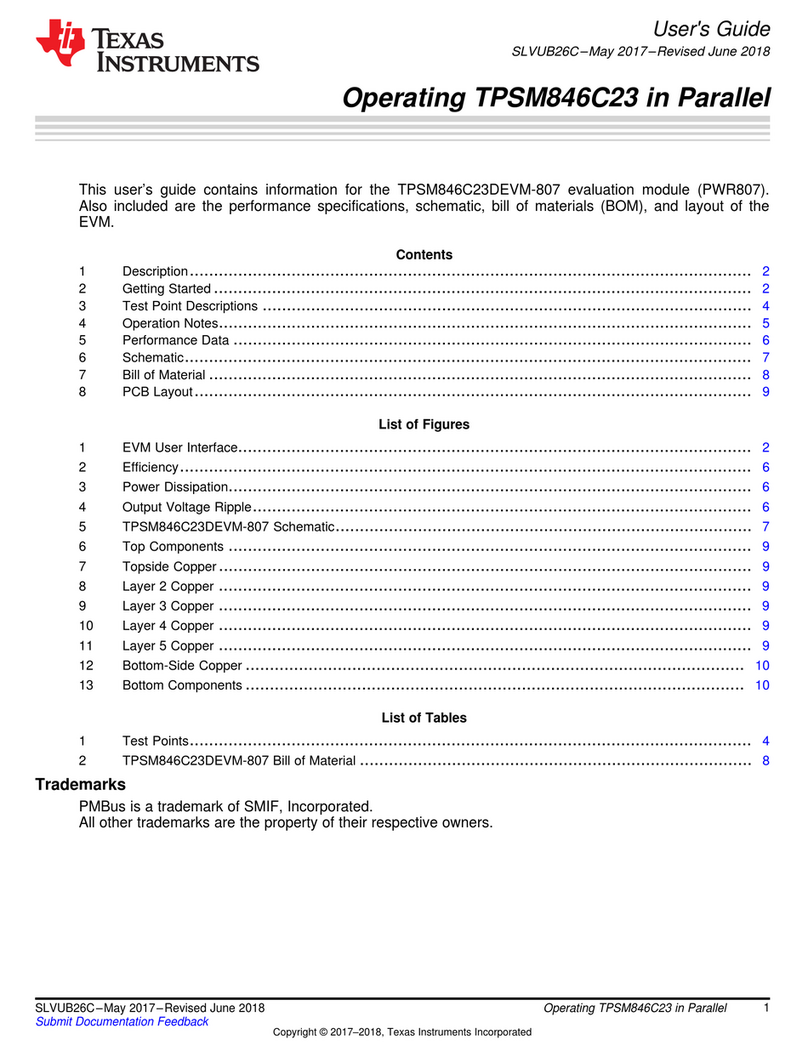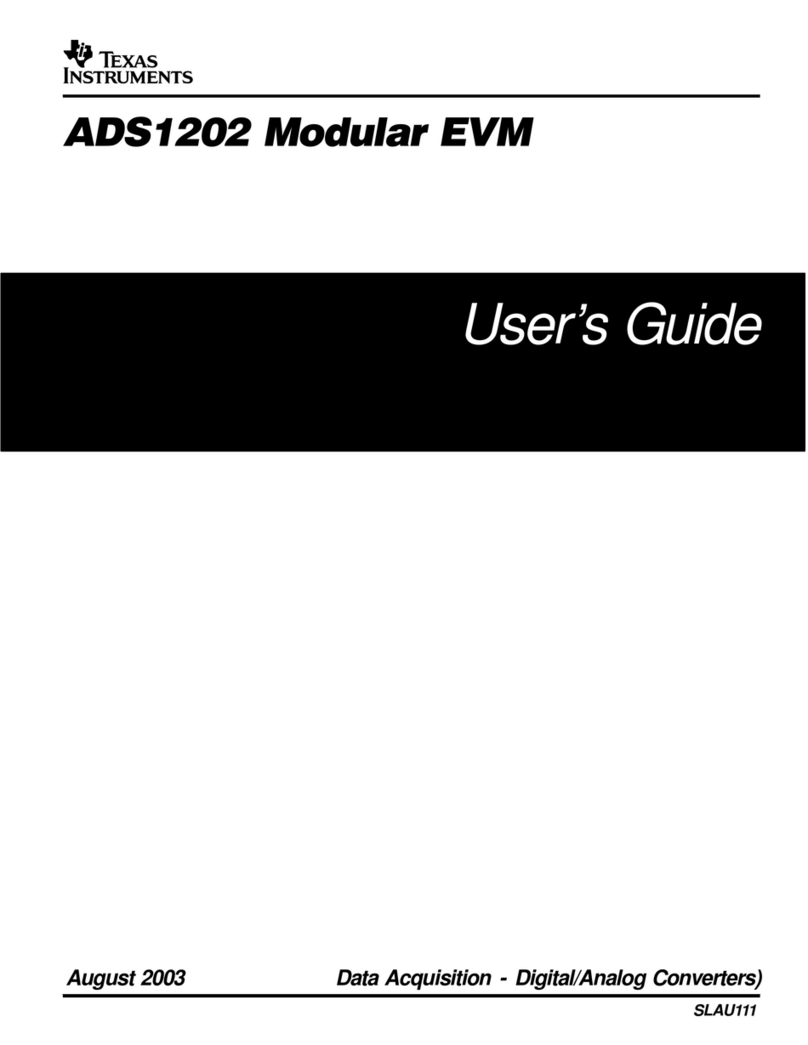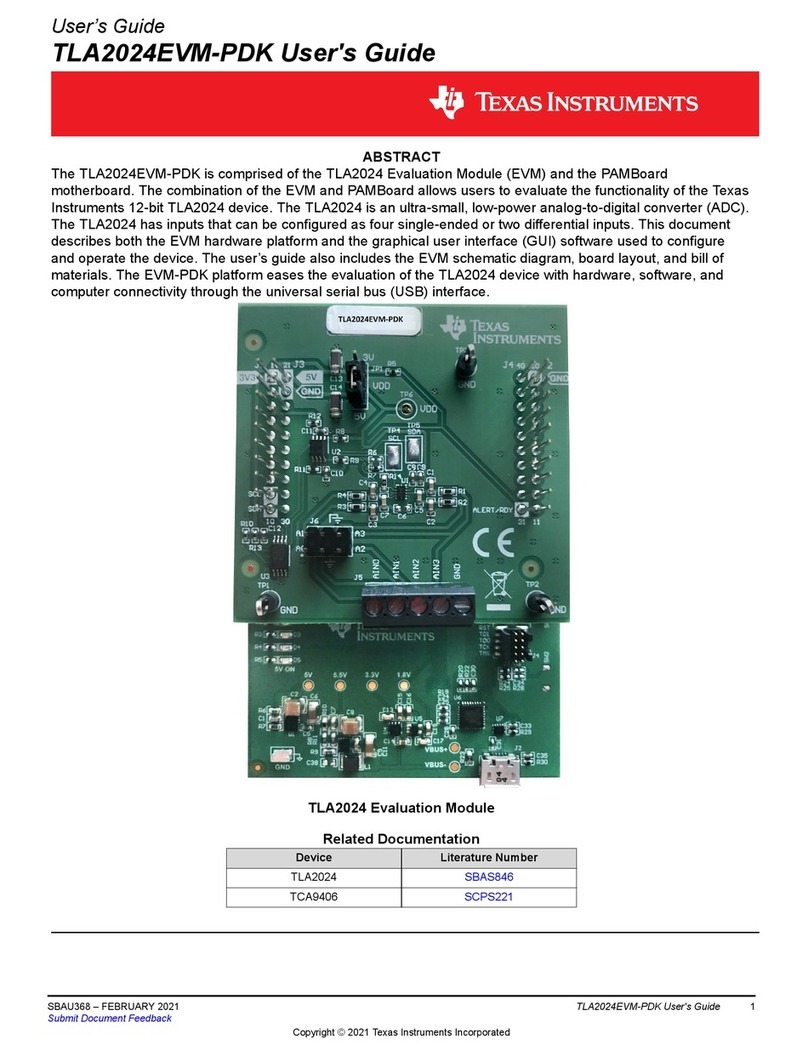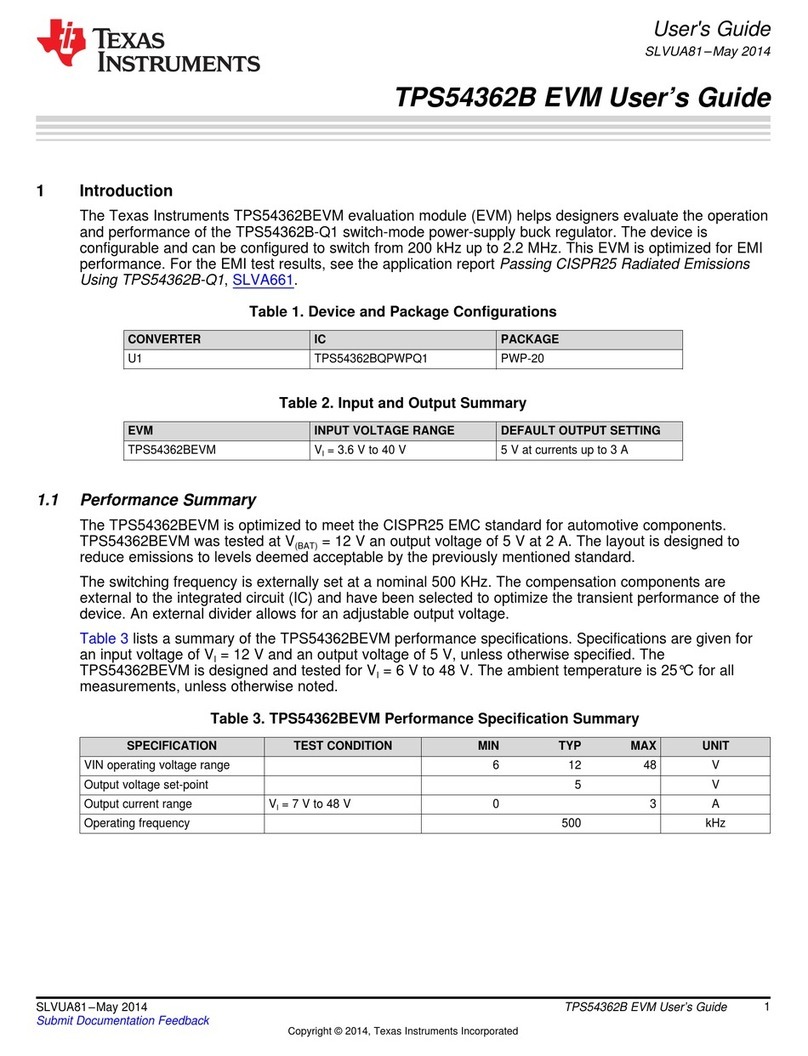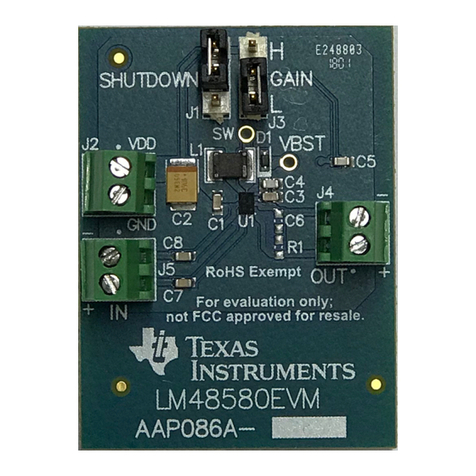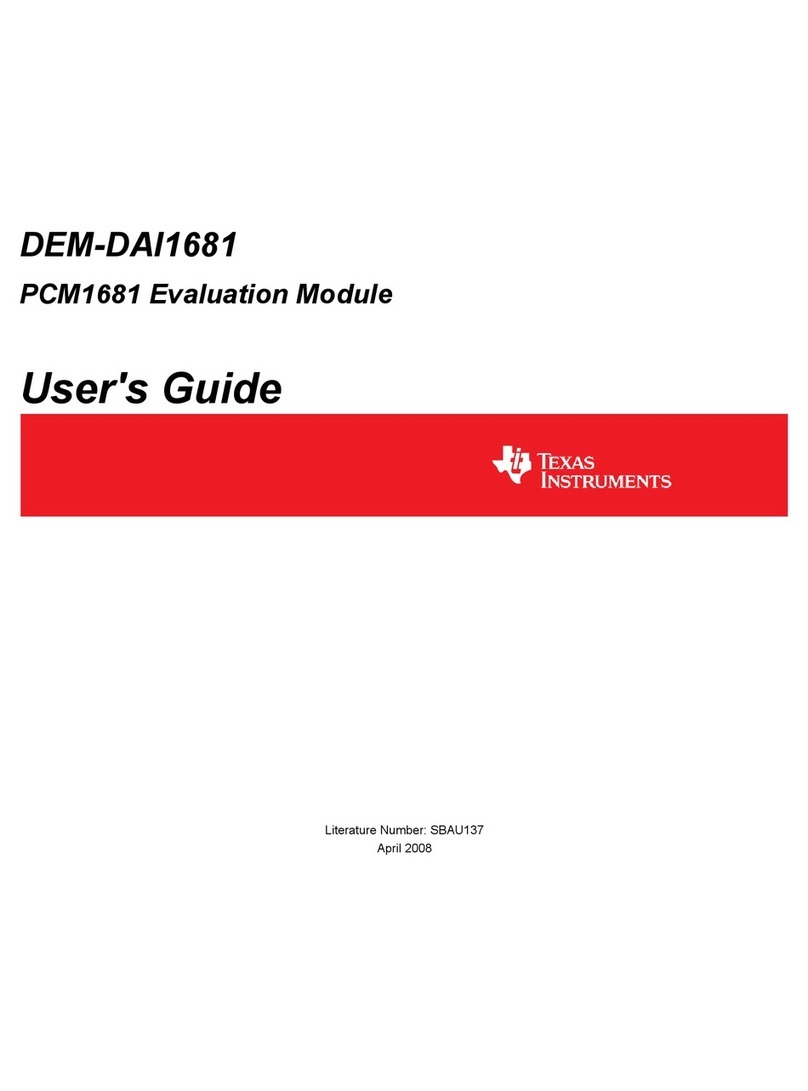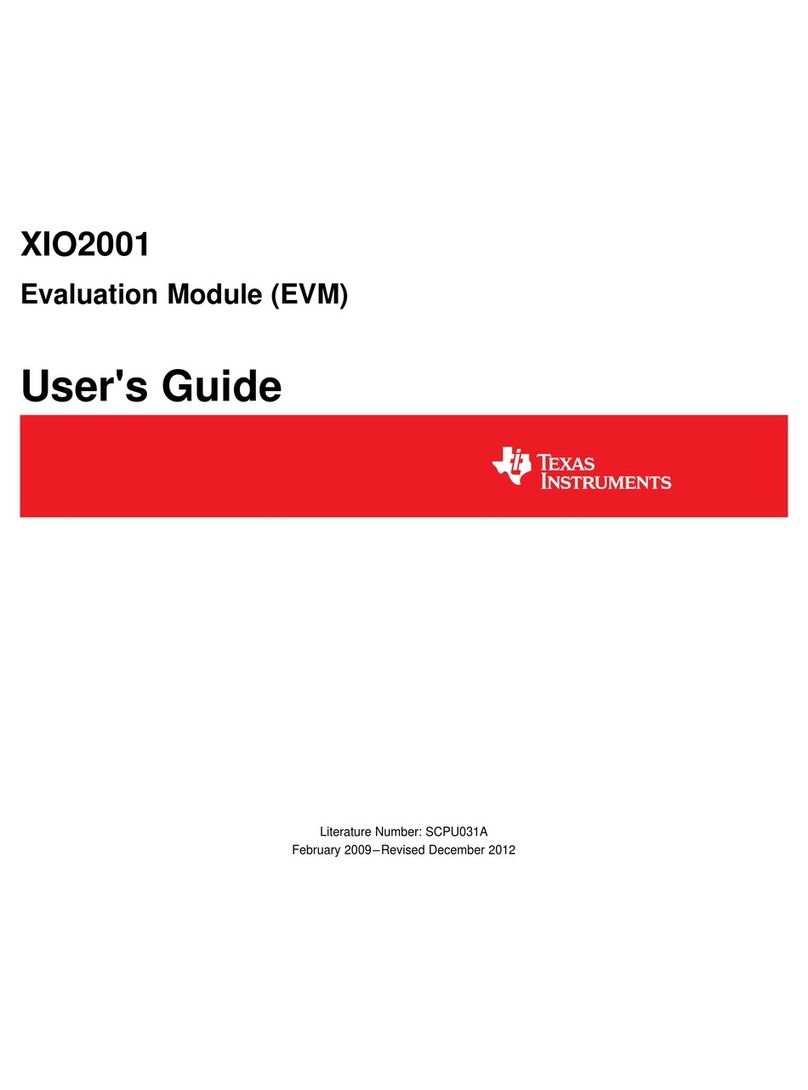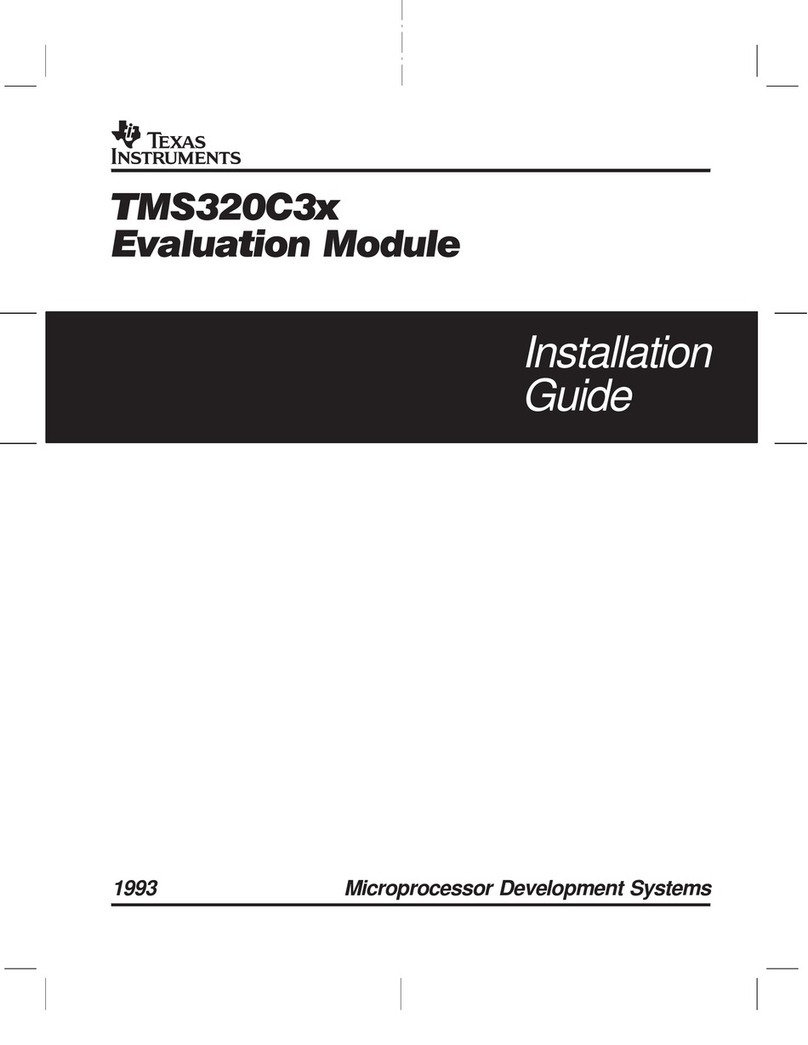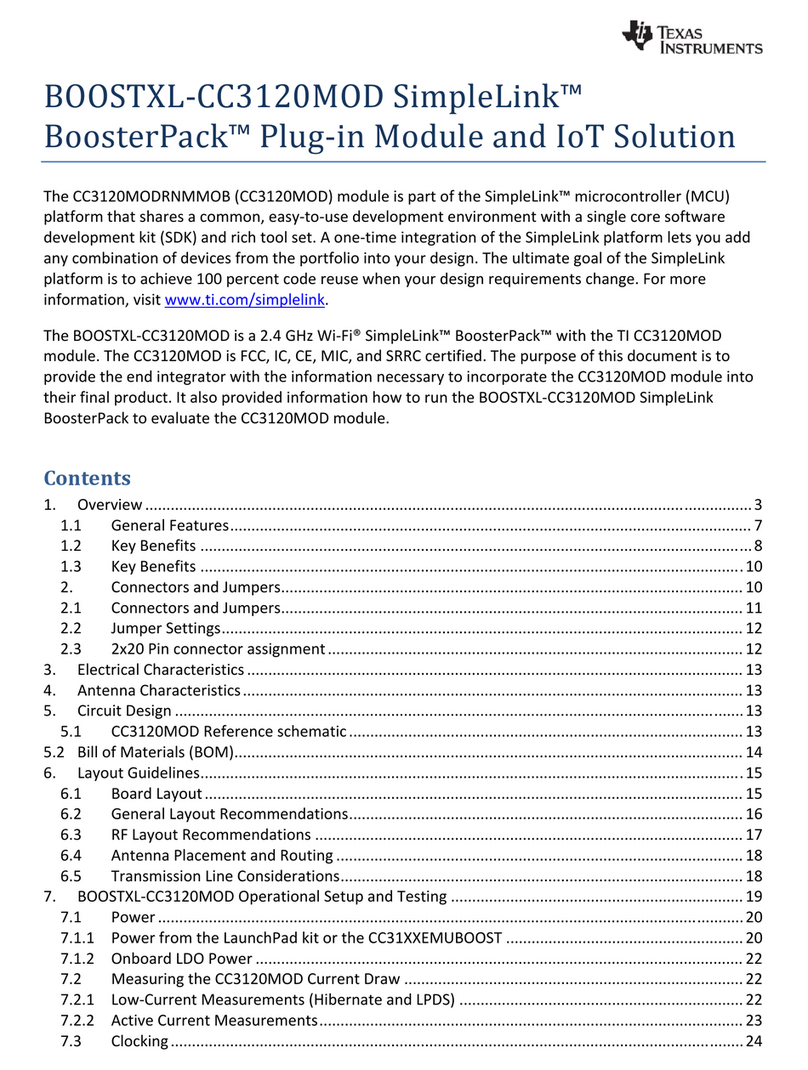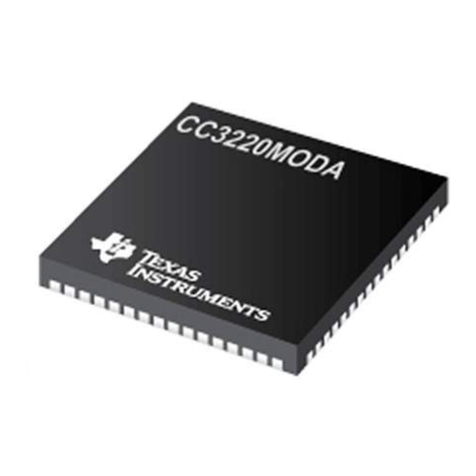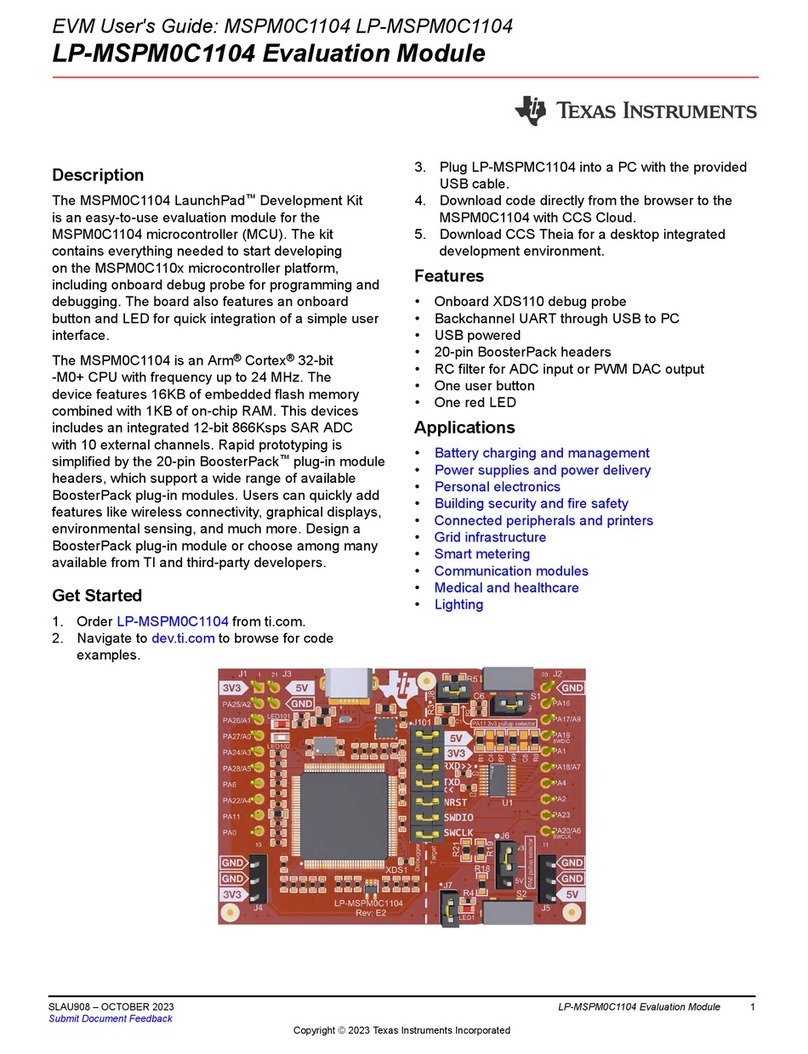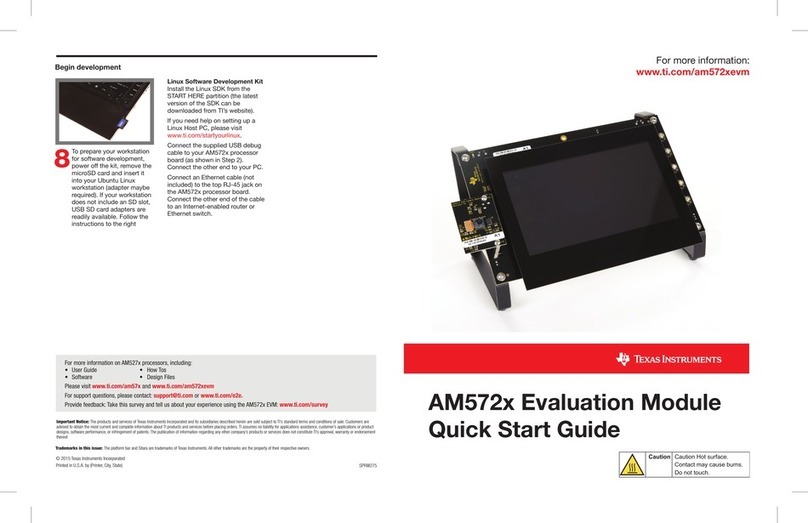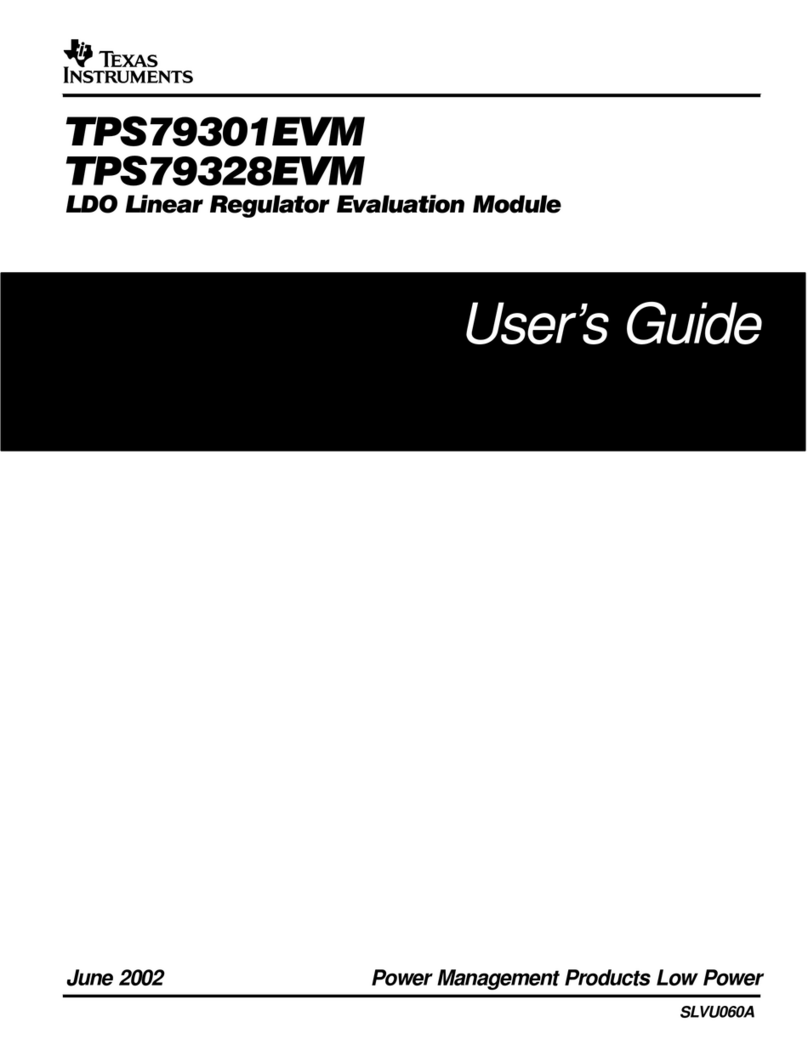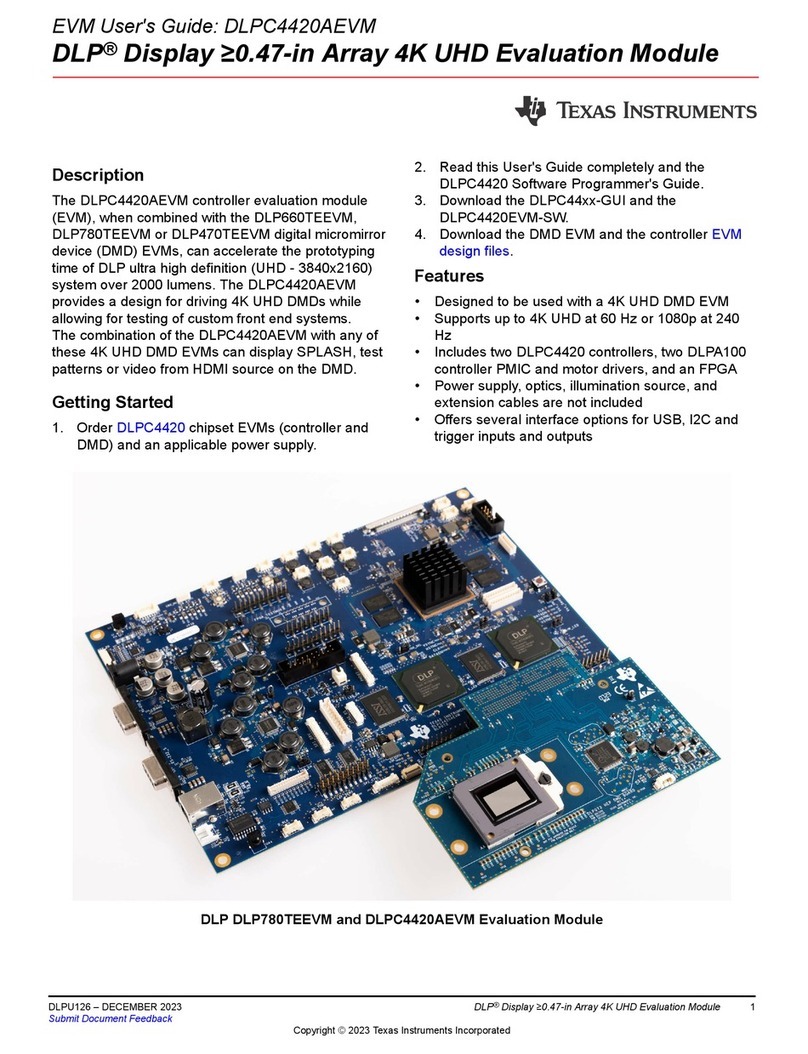
User’s Guide
LM5123EVM-BST Evaluation Module
ABSTRACT
The LM5123EVM-BST evaluation module showcases the features and performance of the LM5123-Q1 wide
input voltage synchronous boost controller. The standard configuration is designed to provide a regulated output
of 24-V at 200-W, from an input voltage of 8-V to 18-V and switching at 440 kHz. The output voltage can be
dynamically up to 33-V using the TRK pin of the LM5123-Q1.
This EVM is designed for ease of configuration, enabling an user to evaluate many different applications on
the same module. Functionality includes: low IQ operation, internal feedback resistors, bypass mode operation
when VIN is greater than VOUT, dynamic output voltage tracking, power good (PGOOD) indicator, programmable
frequency dithering, programmable undervoltage lock out (UVLO), and overvoltage protection.
Table of Contents
1 Introduction.............................................................................................................................................................................3
1.1 Applications........................................................................................................................................................................3
1.2 Features............................................................................................................................................................................. 3
2 EVM Setup............................................................................................................................................................................... 4
2.1 EVM Characteristics...........................................................................................................................................................5
2.2 EVM Connectors and Test Points...................................................................................................................................... 5
2.3 EVM Configurations........................................................................................................................................................... 7
3 Test Setup and Procedures....................................................................................................................................................8
3.1 Equipment.......................................................................................................................................................................... 8
4 Test Results.............................................................................................................................................................................9
4.1 Efficiency ...........................................................................................................................................................................9
4.2 Load Regulation .............................................................................................................................................................. 10
4.3 Thermal Performance...................................................................................................................................................... 10
4.4 Start-up Waveforms..........................................................................................................................................................11
4.5 Steady State Operation.................................................................................................................................................... 11
4.6 Load Transient Response................................................................................................................................................ 12
4.7 Output Voltage Tracking...................................................................................................................................................13
5 PCB Layers............................................................................................................................................................................14
6 Schematic..............................................................................................................................................................................16
7 Bill of Materials..................................................................................................................................................................... 17
8 Revision History................................................................................................................................................................... 21
List of Figures
Figure 1-1. Typical Application Circuit......................................................................................................................................... 3
Figure 2-1. EVM Photo................................................................................................................................................................ 4
Figure 2-2. Fixed Output Voltage Configuration.......................................................................................................................... 7
Figure 2-3. Variable Output Voltage Configuration ..................................................................................................................... 7
Figure 3-1. EVM Test Setup.........................................................................................................................................................8
Figure 4-1. Efficiency: VOUT = 24-V............................................................................................................................................. 9
Figure 4-2. Efficiency: VOUT = 24-V Light Load............................................................................................................................9
Figure 4-3. 24-V Load Regulation..............................................................................................................................................10
Figure 4-4. Thermal Performance: VIN = 8-V, VOUT = 24-V POUT = 200-W, No Forced Airflow................................................. 10
Figure 4-5. VIN = 8-V, VOUT = 24-V, POUT = 200-W.................................................................................................................... 11
Figure 4-6. VIN = 10-V, VOUT = 24-V, POUT = 200-W.................................................................................................................. 11
Figure 4-7. VIN = 14-V, VOUT = 24-V, POUT = 200-W.................................................................................................................. 11
Figure 4-8. VIN = 18-V, VOUT = 24-V, POUT = 200-W.................................................................................................................. 11
Figure 4-9. VIN = 8-V, VOUT = 24-V, POUT = 200-W.................................................................................................................... 11
Figure 4-10. VIN = 10-V, VOUT = 24-V, POUT = 200-W................................................................................................................ 11
www.ti.com Table of Contents
SNVU737A – DECEMBER 2020 – REVISED DECEMBER 2021
Submit Document Feedback
LM5123EVM-BST Evaluation Module 1
Copyright © 2021 Texas Instruments Incorporated


